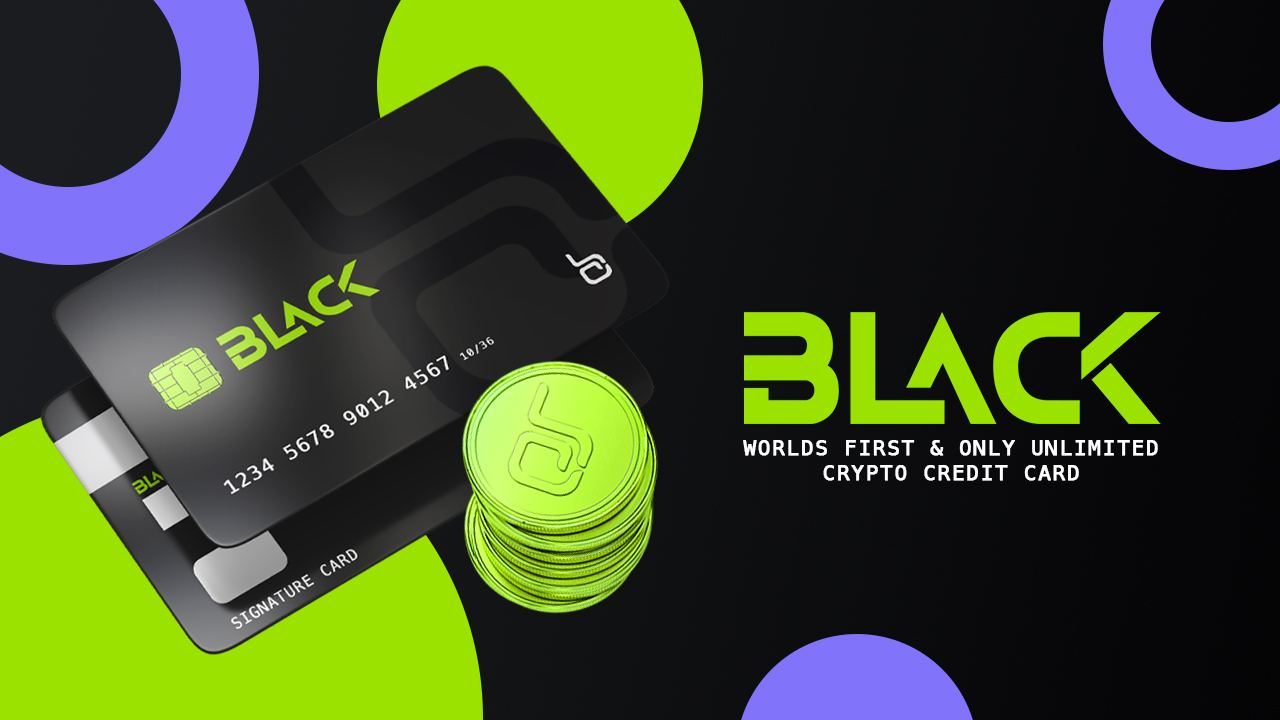DeFi 101 – Review Yield Farming – The Key of DeFi
If you’re new and do some research in the Crypto world you must have heard about Yield Farming at least once, cause this is the hottest topic in the community, especially the DeFi community. So, what exactly is Yield Farming? Well, let’s find out more in this article!
Let’s begin with a clear and simple statistic. In terms of total value locked (TVL) in dollars, the DeFi space is expected to grow at a rate of 150% by 2020. In comparison, the cryptocurrency market capitalization has grown at a rate of only 37% so far.
Many experts attribute this year’s phenomenal growth in the DeFi space to yield farming. The concept of liquidity farming is responsible for the progress. It involves both investors and speculators, who provide liquidity to platforms that provide lending and borrowing services. In exchange, the lending and borrowing platforms pay them high-interest rates. As an incentive, they also receive a portion of the platforms’ tokens.
The liquidity providers are the current stars of the DeFi space. They are known as yield farmers. Among the leading names are Compound (COMP), Curve Finance (CRV), and Balancer (BAL).



Yield Farming- The Key of DeFi
What is DeFi?
Decentralized finance (DeFi) eliminates the need for intermediaries by allowing individuals, merchants, and businesses to conduct financial transactions using emerging technology. This is accomplished through peer-to-peer financial networks that employ security protocols, connectivity, software and hardware advancements, and so on.
You can lend, trade, and borrow using software that records and verifies financial transactions in distributed financial databases from anywhere you have an internet connection. A distributed database is accessible from multiple locations; it collects and aggregates data from all users and verifies it using a consensus mechanism.
DeFi uses this technology to eliminate centralized finance models by allowing anyone, regardless of who or where they are, to use financial services anywhere. Through personal wallets and trading services customized to individuals, DeFi applications give users more control over their money.

Why Yield Farming is the key of DeFi?
What is the most pressing issue in the DeFi space? The solution is liquidity. You’re probably wondering why the DeFi players need money. Banks, for example, have a lot of money, but they borrow more to run their day-to-day operations, invest, and so on.
Strangers on the internet provide the necessary liquidity in DeFi. As a result, DeFi projects use innovative strategies to attract HODLers with idle assets.
Another factor to consider is that some services necessitate high liquidity in order to avoid significant price slippage and provide a better overall trading experience, DEXs (decentralized exchanges) are a prime example.
Borrowing from other users is becoming increasingly popular. In the future, it may even compete with borrowing from debt investors and venture capitalists.
What is Yield Farming?
To compare yield farming to legacy finance, think of it as depositing money in a bank. Banks have traditionally paid different interest rates to those who keep their money in deposits over the years. In other words, you get a certain amount of annualized interest for keeping your money in a bank.
This is similar to yield farming in the DeFi space. Users lock their funds with a specific protocol (such as Compound, Balancer, and so on), which then lends them to people who need to borrow at a specific interest rate. In exchange, the platform would reward those who locked their funds and, on occasion, share a portion of the fees for providing the loan with them.
The earnings received by lenders from interest rates and fees are less significant. When it comes to real payoff, the units of new crypto tokens from the lending platform take the cake. When the value of the crypto lender’s token rises, the user will profit more.
Overall, yield farming is an investment strategy in decentralized finance or DeFi. It involves lending or staking your cryptocurrency coins or tokens to get rewards in the form of transaction fees or interest.

How does Yield Farming work? In-depth Explanation
Users who contribute their cryptocurrencies to the DeFi platform’s operation are referred to as liquidity providers (LPs). These LPs contribute coins or tokens to a liquidity pool, which is a smart contract-based decentralized application (dApp) containing all of the funds. When LPs place tokens in a liquidity fund, they are paid a fee or interest generated by the underlying DeFi platform that the liquidity pool is running on.
Simply put, it is a way to earn money by lending your tokens through a decentralized application (dApp). There is no middleman or intermediary in the lending process because it is done through smart contracts.
The liquidity pool is the driving force behind a marketplace where anyone can lend or borrow tokens. Users are charged fees for using these marketplaces, which are used to compensate liquidity providers for staking their own tokens in the pool.
The majority of yield farming occurs on the Ethereum platform. As a result, the rewards are in the form of an ERC-20 token. While lenders can use the tokens however they see fit, the majority of lenders are currently speculators looking for arbitrage opportunities by capitalizing on the token’s market fluctuations.
What are the Risks of Yield Farming?
Impermanent Loss
In yield farming, there is a reasonable chance of losing money. Automated market makers can be quite profitable for specific protocols such as Uniswap. Volatility, on the other hand, can cause you to lose money. Any negative price change reduces the value of your stake in comparison to holding the original assets.
The concept is simple, and it’s only possible if you’re staking tokens that aren’t stablecoins because you’re exposed to price volatility. In other words, if you stake 50% ETH and 50% of a random stablecoin to farm a third token, if the price of ETH falls dramatically, you may end up losing more money than if you simply market-bought the token you are farming.
Smart Contract Risks
Smart contracts can be exploited by hackers, and there have been numerous cases in the previous year. Curve, $1 million at risk in bZx, and lend.me are just a few examples. The DeFi boom has resulted in a million-dollar increase in the TVL of nascent DeFi protocols. As a result, attackers are increasingly focusing on DeFi protocols.
Protocol Design Risks
Because most DeFi protocols are still in their early stages, there is a chance that the incentives can be manipulated. Consider the events at YAM Finance, where an error in the rebasing mechanism caused the project to lose more than 90% of its dollar value in a matter of hours. Despite this, the development team had clearly stated the risks of using the unaudited protocol.
High Liquidation Risk
Your collateral is vulnerable to the volatility of cryptocurrencies. Market fluctuations can also jeopardize your debt positions. As a result, it may become undercollateralized. You may also incur additional losses as a result of inefficient liquidation mechanisms.
The Bubble Risk Affects DeFi Tokens
Yield farming protocols’ underlying tokens are reflexive. With an increase in usage, their value may rise. This harkens back to the early days of the 2017 ICO boom. We’ve all seen how it ended.
The DeFi boom may be different; however, most projects are motivated by the hype rather than their utility in reaching higher-than-expected market caps.
Rug Pulls
It’s important to remember that on platforms like Uniswap, which is at the forefront of DeFi, anyone can withdraw their liquidity at any time unless it’s locked through a third-party mechanism.
Furthermore, in many, if not most, cases, the developers are in charge of large amounts of the underlying asset and can easily dump these tokens on the market, leaving investors with a sour taste.
The example comes from Sushiswap, a once-promising project whose lead developer dumped his tokens worth millions of ETH, causing the price of SUSHI to plummet by more than 50% in an instant.
Conclusion
Yield farming is the latest craze among cryptocurrency enthusiasts. It is also attracting a large number of new users to the world of DeFi. Decentralized finance is still in its early stages of development. To begin with, it is unregulated, which means that the ecosystem is still riddled with infrastructure mishaps, hacks, and scams. Even though it might be particularly profitable, it’s important to consider these challenges and only use capital that you can afford to lose.
Current laws are based on the concept of distinct financial jurisdictions, each with its own set of laws and rules. The ability of DeFi to conduct borderless transactions raises critical issues for this type of regulation. Who, for example, is in charge of investigating a financial crime that occurs across borders, protocols, and DeFi apps? Who would enforce the rules, and how would they be enforced?
If you have any questions, comments, suggestions, or ideas about the project, please email ventures@coincu.com.
DISCLAIMER: The Information on this website is provided as general market commentary, and does not constitute investment advice. We encourage you to do your own research before investing.
KAZ
Coincu Ventures



















